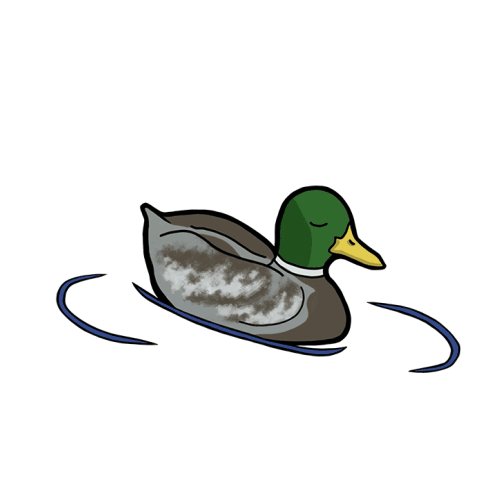“Coraline” movie vs. book: The eeriness of perfection and simplicity
- Mya Jewison, Staff Writer
- Oct 30, 2023
- 3 min read

“Coraline,” released in February 2009 by LAIKA Studios, is a film many claim as a classic and a staple to play during the Halloween season. What many don’t know, however, is that the critically acclaimed movie is actually based off of a book written in 2002 by popular horror novelist Neil Gaiman. Both are stories about a curious girl who wanders through a mysterious door to find her “Other Mother” waiting for her; however, there are some key components of the story that are different between the two media. The book is a fantastic read for those who enjoyed the 2009 film adaptation, spinning the tale to be even closer to the horror genre.
Wybie Lovat is a beloved character from the 2009 film. He is a nervous, geeky, antisocial kid who interacts with Coraline throughout the movie, both in the real world and the Other Mother’s world. Wybie, despite being so crucial to the storytelling of the film, isn’t present at all in the book. Why?
Wybie is what is called a foil character. In literature, a foil character serves as the opposite of the protagonist for the purpose of highlighting certain qualities of the main character. Putting Wybie and Coraline side by side allows for Coraline to have a companion, someone the audience can compare her qualities to. If Wybie were to be present in the novel, the novel would lose elements of its eerie atmosphere and, in turn, become less scary.
As a reader, I really enjoy a simple novel from time to time to give my brain a break, and Coraline is almost deceptively simple — a children's book with simple sentences and spaced out paragraphs. There is a sense of loneliness sandwiched between the negative space of the pages, and its short chapters are preceded not by a name, but a roman numeral. Essentially, Wybie being present in this world that Gaiman created would expel the very element that makes it so scary: the knowledge that Coraline is, at the end of the day, utterly alone.
If you don’t like slow buildup in a book, then this is a great book to pick up. The plot of the book moves much faster than the movie due to its lack of worldbuilding. Coraline goes through a tiny door in the drawing room of her family’s new flat, but between the two stories, what she finds on the other side is different. In the book, she is confronted by a being who is very blatantly not her mother, in a much less welcoming house and in a far more eerie manner. The Other Mother in the book immediately proposes the conflict that, in the movie, takes time to build up: she wants Coraline to sew buttons onto her eyes and stay with her forever. Much more of the book is focused on Coraline's survival, and drills home a central fear that is present in almost anyone: the fear of being alone.
Coraline ventures into an undeveloped world with nothing but her pajamas, a satchel and the omniscient Black Cat that helps her along in her journey. Though there are characters who encourage Coraline throughout the book, such as the Black Cat and the Ghost Children (who are former victims of the Other Mother), Coraline has to face every obstacle alone: the cellar, the garden, the theater, the drawing room — all while battling the thought, “What if I don’t make it out of here?”
If you are a fan of scary media and want a good, light book to read that will get your skin crawling, “Coraline” is it. I am a decently paced reader, and I read this book in a couple of hours. If you enjoyed the film, the book will not disappoint you; however, as with most book-to-film media, you cannot expect the same things. The movie is more artistic, but the book is scarier. The book is also cheap, and a paperback copy can be found at most bookstores for $10 or less (I found mine for $3.50).
I highly recommend this book; it is one I keep on my shelf if I want something compelling and unique. It doesn’t lose its re-readability and never fails to put a shiver up my spine. I leave you with this: beware the cellar scene.
Happy spooky reading, Bearcats!




I cannot believe that you wrote that “The movie is more artistic” and then published it to the world. Obviously, you are very unaware of Neil Gaiman as an artist, especially since you consider him a “popular horror novelist”. The movie, much like the majority of movies based on books, is a poor representation of the original art created by the writer. Additionally, the addition of a male companion for Coraline completely ignored the bravery and self-reliance that Coraline discovered in herself throughout her adventure. And she did do it alone; not to point out that everyone has a fear of being alone, as you propose, but instead to demonstrate that everyone has bravery and self-reliance to topple even the…